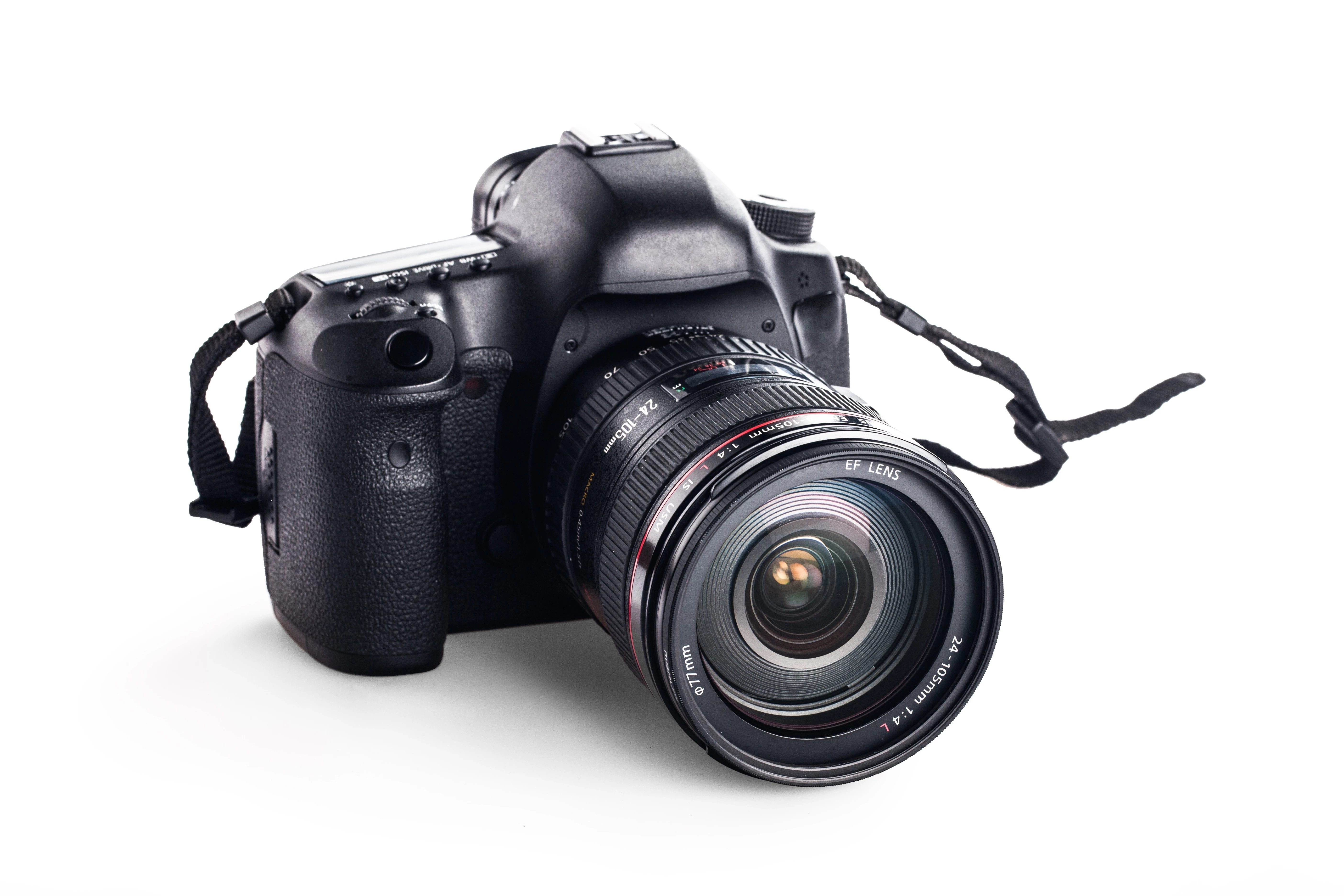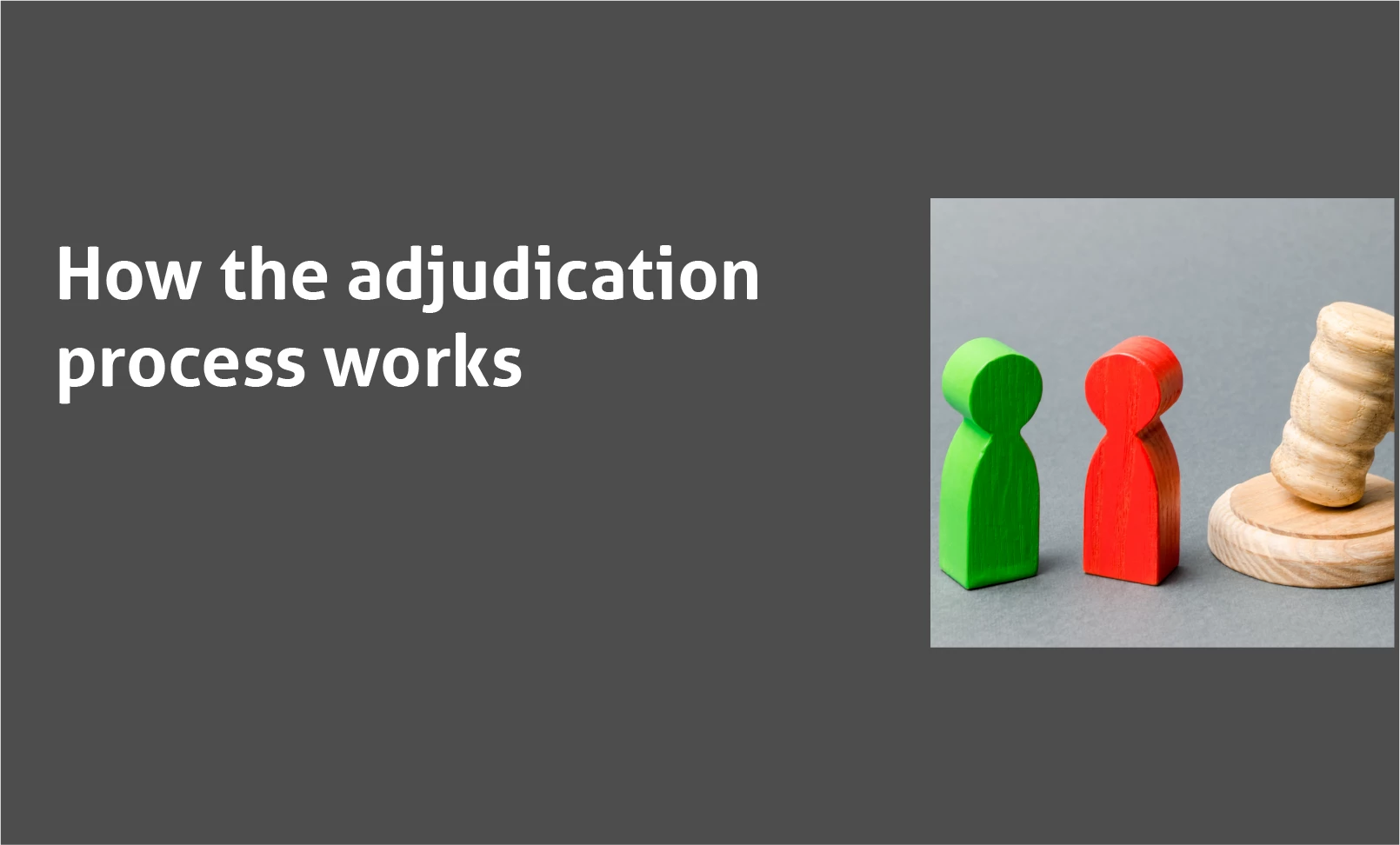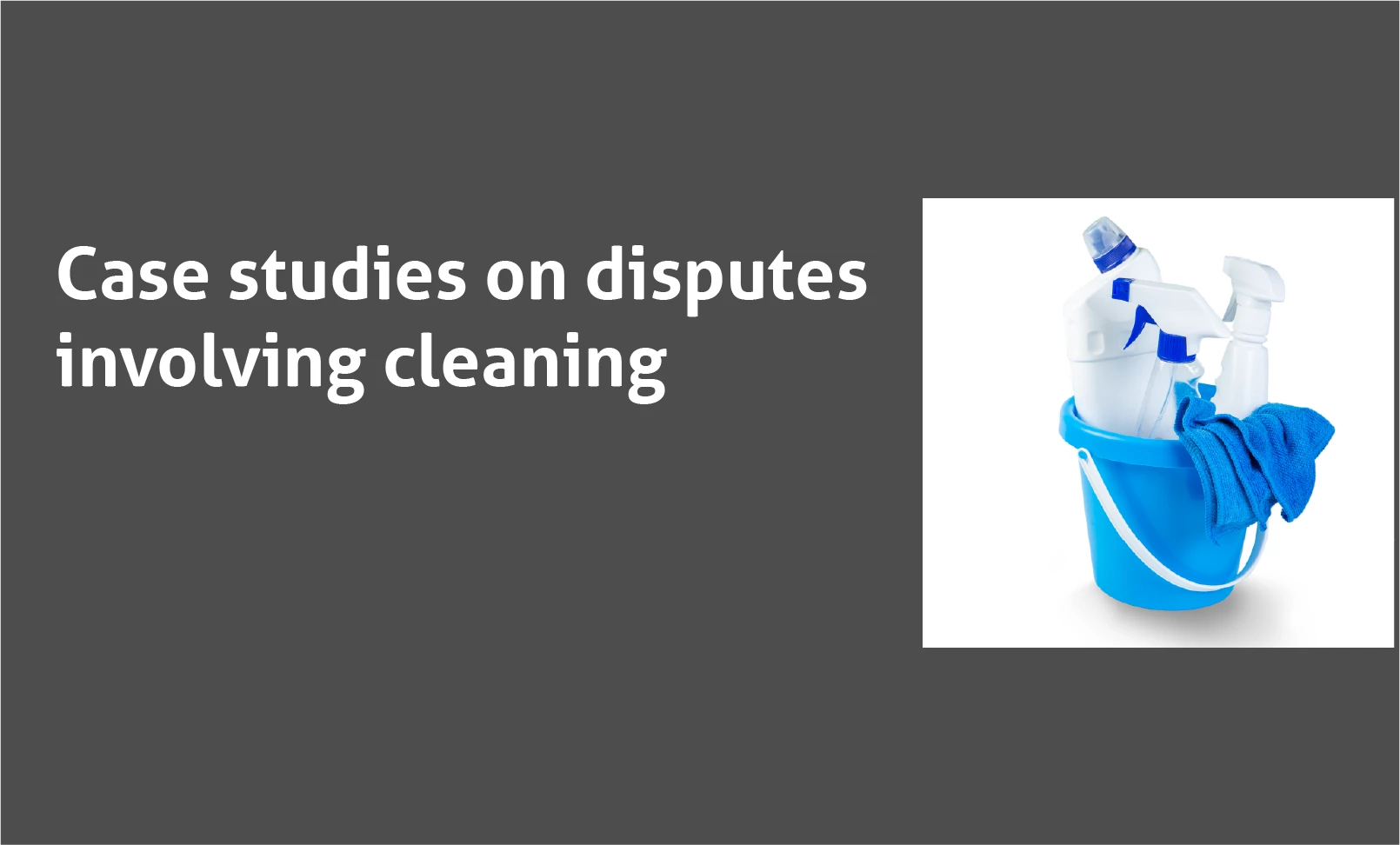2 - Who should take the photographs or films?
2.1 Whoever is undertaking the check-in or check-out should also take the pictures, and at the same time as the inventory – preferably in the presence of the tenants. Films should be checked at the property to make sure the images are clear, and that nothing important has been left out.
2.2 If the tenant has not been present for the check-in, they should be sent the photographs or film with the check-in report so they can confirm, sign and date them against what they can see in the property. Verification of photographs and films taken on check-out will be more difficult, unless the tenant is present, because they will not subsequently return to the property.
3 - Safeguarding the reliability of the images
3.1 Photographs
- The great benefit of images captured on a digital camera is that they can be stored electronically, sent by email and copied without loss of quality. But please remember that digital images can be changed relatively easily. The parties to a dispute may seek to challenge them just because they know they can be altered.
- To reduce this potential, photographs should be printed out and signed by the person who took them. S/he should write the time, date and location (e.g. lounge, bedroom 1, etc.) on the back. If the photographs are taken in the presence of the tenant, ideally they should sign and date them too along with any written report. If the tenant is not present, the same concerns about verification will arise, as identified above.
- It is helpful if pictures have a reference that links them to the relevant part of the written report. The report should also carry a note of how many photographs were taken in each room to prevent any arguments later.
- Make it clear in the report and on the photographs what they are supposed to show, e.g. stains on carpet under coffee table, cracked shade on bedside lamp, burnt-on grease on hob.
- A good-quality image is important but not always achievable. Lighting is very important. A dull day can distort things, so a note of the weather or lighting conditions can be helpful.
- It is always good to have something in the picture to give an indication of size (for example a ruler).
- It is helpful if photographs are embedded in the check-in and check-out reports in the appropriate place, e.g. pictures of the kitchen should be within the entries for the kitchen, etc.
- If this is not possible and the photographs have to be grouped together in an annex, please ensure that they are individually labelled and cross-referenced to the relevant section of the written report.
3.2 Films
- It is convenient to record time, date and location actually on the film itself, e.g. by someone holding a newspaper and a clock, and calling out the name of each room as it is filmed. But unless both landlord/agent and tenant are on the film together it is open to the accusation that it has been falsified, e.g. the newspaper is from an earlier date, the clock shows the wrong time. To avoid unnecessary argument, films should be signed and dated by hand, on a label stuck to the disc or video-case – not its container.
- Give a copy of the photographs or film to the tenant with the reports, and give them the opportunity to challenge the contents if they wish. If it is a film, make sure that they have the facilities to watch it in the time available.
4 - Do pictures need to be taken at the start and end of the tenancy?
4.1 It is more helpful if the same things are recorded at the start and end of the tenancy so that any changes can be shown. However we accept that things may not work out as neatly as this. If all is well at the start of the tenancy, you are unlikely to take a photograph of something which the tenants subsequently damage.
4.2 This is easier to overcome with a film, which can encompass every aspect of the property, or a properly completed inventory at check-in confirming that the item was undamaged.
4.3 Photographs can be very helpful to show the state of a garden at the start and end of a tenancy. As before, the photographs/film should show the date, time, light and weather conditions.
4.4 A photograph or film of the garden at the end of the tenancy is particularly useful in the growing season or if the inventory is delayed for any reason. Otherwise it can be hard to establish the extent to which the state of the garden is the tenant's fault, or simply nature taking its course and making things grow.
5 - How can we send SafeDeposits photographs and films?
5.1 If the photographs are embedded in the check-in and check-out reports, they will simply be part of the documentation you submit. If photographs are produced separately, please let us have them on a DVD so we can scan them straight into the file. Please also let us have films on DVD.
5.2 We prefer it if people did not email films or photographs to us. They tend to be large files and can block or slow down our emails. We are making changes to our processes so that parties to a dispute can upload their evidence on-line.
5.3 We cannot access films or photographs via hyperlink to a website. We have found that makes us vulnerable to computer viruses.
5.4 Please also make sure that your notification of, or response to, a dispute form shows that films or photographs are included in your evidence.
In summary
- Photographs should, ideally, be included in the body of the schedule of condition/check-in report and check-out report.
- Where this is not possible, they should be cross referenced back to the relevant part of the written report. In isolation, photographs from either party are of limited use as evidence.
- Where possible, the parties should sign the check-in/check-out report to confirm they have seen the photographs and on what date.
- SafeDeposits can accept DVDs/videos (films), but quality varies considerably. Films need to show when they were taken and what they are seeking to show. Where possible, the parties should sign to acknowledge they have seen them, and to confirm the date on which they were taken.
- Remember, SafeDeposits will not visit the property – where photographs are not clear, or if it becomes a case of one word against another, we will rely on the written check-in/check-out report submitted.
- Visual evidence should preferably be posted to us in CD or DVD format. We can accept them in email format but the size of the files can make them slow to download and can slow down our systems.
- We do not accept evidence via hyperlinks to websites because of the risk of viruses.



